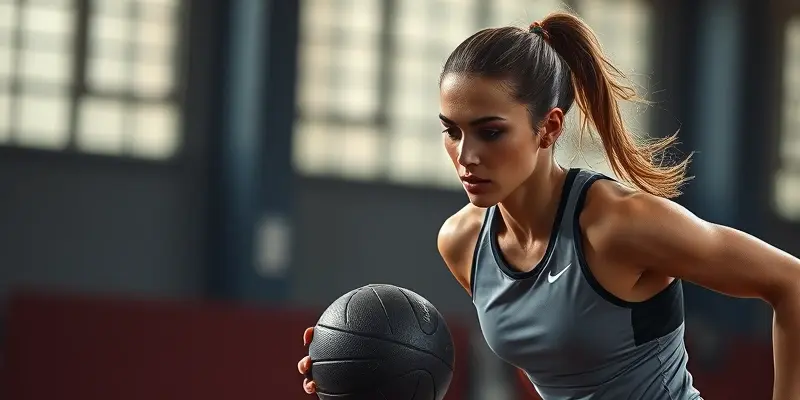Recovery & Resilience: Mastering Sports Injury Prevention and Healing
Introduction
Ever wondered how top athletes bounce back so quickly from injuries? Understanding recovery is crucial for maintaining peak athletic performance. In this post, we’ll explore common sports injuries and the evidence-based strategies that can help you both prevent and recover from them effectively.
Preventing Common Sports Injuries
Warm-up and Cool Down
Before hitting the gym or the track, do you warm up properly? Dynamic and static stretches are key to preparing your muscles, reducing injury risk, and enhancing your performance.
Strength and Core Stability
Imagine a tree without a strong trunk. Your core and major muscle groups are similar, supporting your joints and improving stability. Strengthening these areas can decrease your vulnerability to strains and sprains.
Proper Technique and Equipment Use
Ever seen someone jogging with poor posture? Using correct movement patterns and wearing sport-specific, well-fitting gear ensures minimal stress on your body and maximum protection during activities.
Gradual Increase in Training
Think of a marathon, not a sprint. Gradually increasing training intensity and duration helps avoid overuse injuries like tendinitis or stress fractures.
Incorporating Rest and Recovery Time
Did you know scheduled rest can be just as crucial as exercise? Allowing muscles to recover prevents overexertion and keeps injuries at bay.
Recovery Strategies for Common Sports Injuries
Overview of Common Injuries
Sprains, strains, shin splints—sound familiar? These injuries can be part of an active lifestyle. Knowing them helps manage and speed up the recovery process.
RICE Protocol
When an injury strikes, remember RICE: Rest, Ice, Compression, and Elevation. This simple method is the foundation of early recovery for injuries.
Gradual Reintroduction of Exercise
Eager to get back into action? Use structured frameworks like StaRRt to safely reintroduce exercise and ensure your tissues are ready for renewed stress.
Nutrition and Tools for Healing
Nutrition Essentials
Is your diet supporting your recovery? Adequate hydration, protein, and vitamins go a long way in aiding muscle and bone recovery.
Advanced Recovery Tools
Heard of foam rollers or massage guns? These tools can relieve soreness, increase blood flow, and speed up your recovery.
Mental Strategies
Feeling discouraged during rehab? Setting realistic goals, visualizing success, and maintaining social support can boost your motivation and resilience. Check out our guide on visualization for healing.
Psychological Resilience
Conclusion
By integrating warm-ups, strength training, proper techniques, and recovery protocols, you embrace a holistic approach to injury prevention and healing. These strategies, paired with nutrition and mental resilience, lay the foundation for enduring athletic prowess.
Call to Action
Try these strategies and consider consulting experts for personalized fitness plans. Building a comprehensive approach now can save you from frustrating setbacks and enhance your athletic journey.
Additional Resources
For more detailed guides or expert advice, keep an eye on the GymPulse Club website or consult trusted professionals. Integrating knowledge with practice ensures you stay strong, healthy, and motivated.
This comprehensive guide aligns with Google’s standards for people-first content, emphasizing firsthand expertise and data-backed strategies to help you thrive in your fitness journey.

